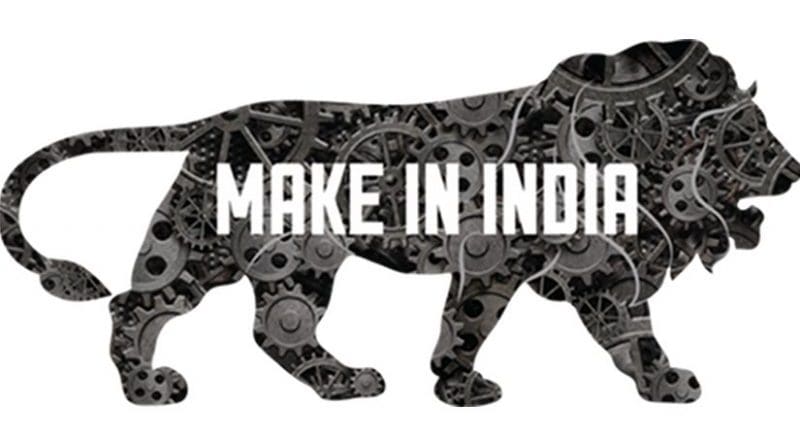Modi’s Atma Nirbhar (Self-Reliance) Movement To Catalyze Supply Chain: New Lease Of Life To Make In India – Analysis
Modi’s new lease of life to Make in India through Atma Nirbhar or self reliance and make the nation hub for supply chain raised clamors. The Atma Nirbhar movement is not new to India.
During the Indira Gandhi period, Atma Nirbhar was initiated for self-reliance in the domestic industry. It deployed multiple schemes for import substitution in various sectors, raised import tariff for protection to the domestic industry and enforced strict FDI regulations to protect the domestic industries from foreign competition.
Eventually, it isolated the nation and distracted from global integration. Modi reversed the Atma Nirbhar philosophy and rebooted it with global integration, instead of isolation, and ensured India to be a global hub for supply chain manufacturing.
Nevertheless, Atma Nirbhar Abhijan or self-reliance is not the first attempt for the Modi regime. In April 2017, the Government of India launched an import substitution program to rejig its self-reliance in metro rail projects. It made obligatory for metro rail projects to procure at least 75 percent of metro coaches and critical equipment from domestic sources. This led three foreign companies to set their plants in India.
Despite having paramount focus on Make in India, it lost steam in the Modi 1 period. Manufacturing became a drag on GDP growth, instead of a catapult. It declined from 5.9% growth in 2017-18 to 0.03 % in 2019-20. No doubt, COVID 19 dented the growth in 2019-20. But, it inflicted pain only in the last fiscal quarter. In general, the tendency has been towards a downtrend. Eventually, it impacted employment generation and depicted Make in India as a failure.
Several attempts were made to rejuvenate the Make in India by mega reforms in corporate taxes in the later part of last fiscal year and fasten investment. But, the attempt were in vein. Before, the corporate sector assessed the benefits and pour cash in investments, the Coronavirus plunged and dented the industry. Domestic private investors were dormant and disenchanted to invest. Disinvestment in the public sector went in disarray. Against this backdrop, the Indira model of self-reliance, where domestic investment was focused a key platform to built up the industry, was considered unpalatable.
Given the situation, where the domestic investors were shy, the Atma Nirbhar movement needs the support of foreign investment. This will pave the way for the supply chain through global integration.
In the first tranche of fiscal incentives to rejuvenate the manufacturing and decimate the Covid-19’s impact, focus was given to boost MSMEs. Globally, this sector is peer to the base for supply chain production. The development of this sector will build up a new platform for manufacturing in the country and eventually help in boosting exports. In other words, India will target a base for supporting industry for the world, instead of being an assembler in the world.
The real objective for shifting towards MSMEs could be the resonance of global manufacturing practices. Currently, global manufacturing depends on GVC (Global Value Chain) and the supporting industry is the pillar for GVC. With the advent of new technology, supporting industry and GVC systems are the new trend in the global manufacturing practices. GVC manufacturing is globally fragmented. Its main aim is to benefit low cost manufacturing in cross-border manufacturing. With manufacturing of an item becoming a borderless factories to reduce cost, which warrants GVC, supporting industry has gained paramount significance for the success of GVC. Given this situation, focus on MSMEs will evoke a new synergy in Indian manufacturing practices. MSMEs will be the right peer to supporting industry.
In GVC, each participant has specialization in a particular manufacturing process. This specialization is based on the country’s comparative advantages in terms of technology and cost of production. These products are not produced from the beginning to final within a particular country. Their production are spread over the countries. For instance, China, world’s biggest centre for chain manufacturing, specializes in low skilled labour intensive stages of production, whereas richer countries specialize in capital and skilled intensive stages, such as R&D.
Development of automobile and electronic industries are the examples of Atma Nirbhar and supply chain. Prior to the Japanese-led Maruti entry in 1985, India had three car manufacturing companies. Today, it has more than a dozen car manufacturing firms. Along with the development of car companies, the supply chain improved with the fast development of supporting industries, that is, component base industries. With the regular investment in R&D, excepting when a new model is introduced, more than 80-90 percent component requirement is met by indigenous sources. A larger part of the component industry falls in the group of MSMEs.
India can give tough competition to China in the supply chain. In 2016, the Deloit survey highlighted India as the future global factory for low cost manufacturing. The survey revealed that India will be the “New China” for a low cost manufacturing country in the next five years. India will spurt to the 5th rank in the global manufacturing competitiveness index in 2020 from the 11th position in 2016. India will outsmart South Korea, Taiwan, Mexico, Canada and Singapore in the race. USA, China, Germany and Japan will continue to be the top 4 countries in the global manufacturing competitive countries index.
China is in a transition period. It will move to high tech manufacturing, giving space to India in the low cost manufacturing competitiveness. Currently, manufacturing goods in China is only 4 percent cheaper than in the USA, because of spurt in wages in China.
Nevertheless, India has many challenges to fructify the vision of Atma Nirbhar and hub for global supply chain. It warrants a strong base for MSMEs and the better export of infrastructures for the movement of supply chains.

